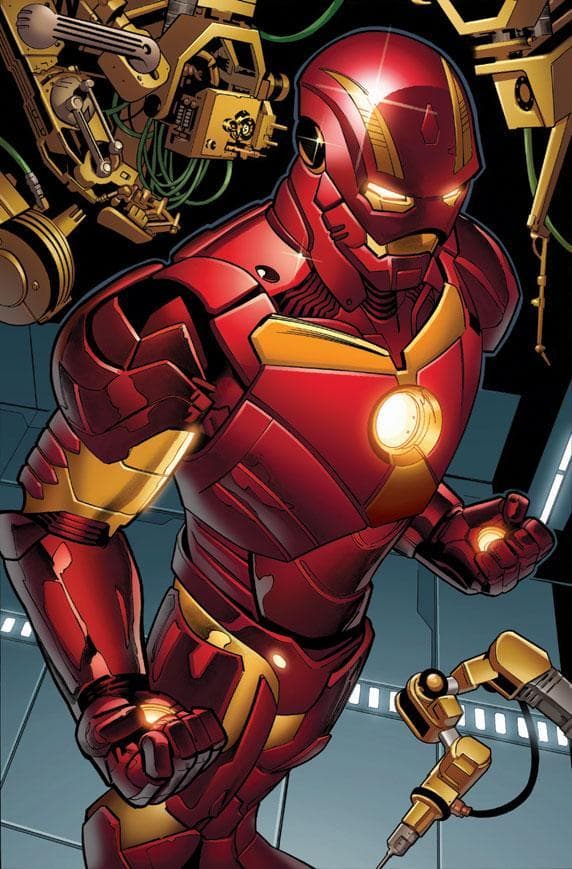-
(#9) The Scavenger's Daughter
The Scavenger’s Daughter appeared at some point during the reign of King Henry VIII and worked as something of an inverse of the rack, compressing victims rather than extending them. According to surviving documentation, it was hardly ever used.
The device consisted of an A-frame hoop of iron with a hinge in the middle. A loop at the top went around the condemned person's neck and a crossbar at the bottom was shackled across the ankles. If the victim stood up, the Scavenger's Daughter forced him or her into a painful crouch. If laying down, it pulled the body into a fetal position. The torturer could use a screw to tighten the hinge, forcing victims into increasingly unnatural positions.
-
(#3) The Knee Splitter
A favored torture device of the Spanish Inquisition, the knee splitter was built of two wooden blocks lined with large spikes. The blocks were attached by a pair of screws. The victim’s leg was inserted between the spiked blocks and the screws were turned, drawing the blocks together.
The knee splitter crippled victims by rendering the knee useless.
-
(#8) Gibbet Cages And Coffin Torture
Coffin torture is similar to the practice of gibbeting, by which a victim is placed in a cage and hung from a support structure (known as a gibbet). The difference between general gibbeting and coffin torture, according to Jack Paraskovich, author of The Wrong View of History, is that cages for the latter were not one-size-fits-all, but tightened to conform to the body. Those who fitted the cages had a nasty habit of making the so-called coffins slightly too small.
In both gibbeting and coffin torture, victims were placed in metal confinements and left exposed to the elements. The amount of time spent in a coffin or cage depended upon the offense. Those guilty of serious crimes perished in their confinements, either through dehydration in the summer or exposure to extreme weather in the winter.
-
(#1) The Iron Chair
The Iron Chair existed in many forms and went by various names, including the Chinese torture chair, the Judas Chair, and the fantastically generic chair of torture. Despite these variants, in pretty much all cases, the victim was seated on brass and placed over an open flame to slowly roast alive.
A more brutal version (pictured) than the standard flesh-roaster had spikes on the seat, armrests, leg rest, and back. In The History of Torture, author Brian Innes quotes a source on the Roman practice of roasting Christians in such chairs, who wrote, "...their bodies were so scorched that all the people that stood by were savored by the frying."
-
(#6) The Breaking Wheel
The breaking wheel dates back to antiquity, when it was used for capital punishment. Also known as the Catherine Wheel, it was a popular torture device in medieval Europe, and numerous variations were developed, some consisting of a wooden cross rather than a wheel.
The victim’s limbs were tied to the spokes of a large wooden wheel, which slowly revolved while a torturer smashed the limbs with an iron hammer, breaking them in many places. Torture on the breaking wheel might last days, resulting in a slow and painful demise.
-
(#7) The Rack
Introduced to the Tower of London in the 1420s by the Duke of Exeter, the rack was used by to extract confessions and incriminating information from suspected traitors, heretics, and conspirators. The key word here is suspected; in many cases, victims were innocent and usually confessed to stop the torture.
So what is the rack? Imagine a bed-like wooden frame, raised from the ground, with a roller at one end (or both). The victim was forced to lie down on the device, with his or her ankles and wrists secured by ropes wrapped around axles near the head and foot of the rack. The axles were turned by poles inserted into sockets, so the victim’s hip, knee, shoulder, and elbow joints were dislocated as slowly and painfully as possible.
New Random Displays Display All By Ranking
About This Tool
Our data comes from Ranker, If you want to participate in the ranking of items displayed on this page, please click here.
















